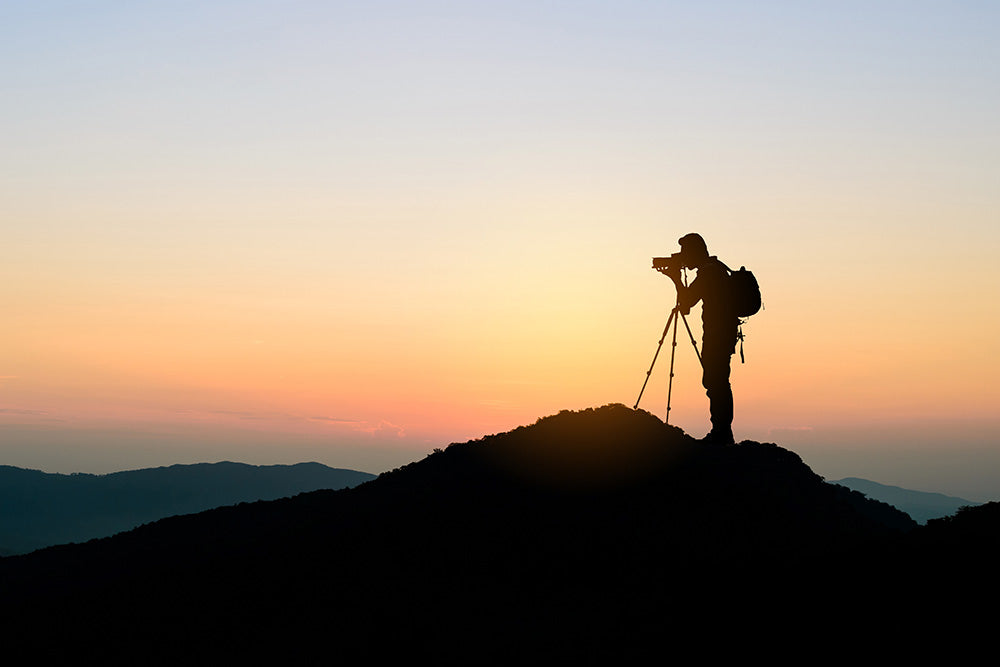Taking great photos of nature and landscapes can be a challenging task, but with the right techniques and equipment, you can capture stunning images that truly showcase the beauty of the natural world. Here are some tips on how to take great photos of nature and landscapes:
-
Plan your shoot: Before you head out to take photos, take some time to plan your shoot. Consider factors such as the time of day, weather, and season to ensure that you're taking advantage of the best lighting conditions. It's also a good idea to research the location beforehand to determine the best angles and viewpoints.
-
Use a tripod: A tripod is an essential piece of equipment for landscape photography. It will help you take sharp, blur-free photos and will also come in handy when shooting in low-light conditions or when using slow shutter speeds.
-
Use a wide-angle lens: A wide-angle lens is ideal for capturing the grandeur and scale of landscapes. It allows you to capture more of the scene in your frame, which can be especially useful for landscapes with a lot of foreground interest.
-
Use a polarizing filter: A polarizing filter can help to reduce glare and reflections, enhance colors, and increase the contrast in your images. This can be especially useful when shooting water or other reflective surfaces.
-
Use a neutral density filter: A neutral density filter can help to reduce the amount of light entering your lens, allowing you to use a longer shutter speed without overexposing your image. This can be useful for capturing movement in your images, such as the flow of water or the movement of clouds.
-
Use a remote shutter release: A remote shutter release can be useful for taking photos without touching your camera. This can help to reduce camera shake and ensure that your photos are sharp and blur-free.
-
Experiment with different compositions: Experiment with different compositions to find the one that best showcases the beauty of the natural world. Try using the rule of thirds, leading lines, or symmetry to add interest and balance to your images.
-
Post-processing: Once you've taken your photos, it's important to take the time to post-process them. Use editing software such as Lightroom or Photoshop to adjust the exposure, color, and contrast of your images. This can help to bring out the best in your photos and make them truly stand out.
-
Be patient and persistent: Nature photography is a challenging endeavor that requires a lot of patience and persistence. Sometimes the best conditions for photography happen unexpectedly and quickly, so be ready to catch that moment. Sometimes, the weather can be unpredictable, but don't be discouraged, come back to the location and try again.
By following these tips, you'll be well on your way to taking great photos of nature and landscapes. Remember to be patient, persistent, and take your time to compose your shots. Pay attention to the details and try to capture the essence of the location. Don't be afraid to experiment with different settings and techniques, and most importantly, have fun.
Also, it's important to remember that as a nature photographer, you are a guest in the natural environment, so it's important to respect the environment and leave no trace. This means not disturbing wildlife, not littering, and not leaving any impact on the landscape.
It's also important to note that some locations might require permits or have specific rules, so make sure to research and abide by them.
In summary, great nature and landscape photography is all about understanding the natural world, the right equipment, patience, and the ability to capture the essence of the place. With these tips in mind, you'll be able to take stunning images that showcase the beauty of the natural world.










